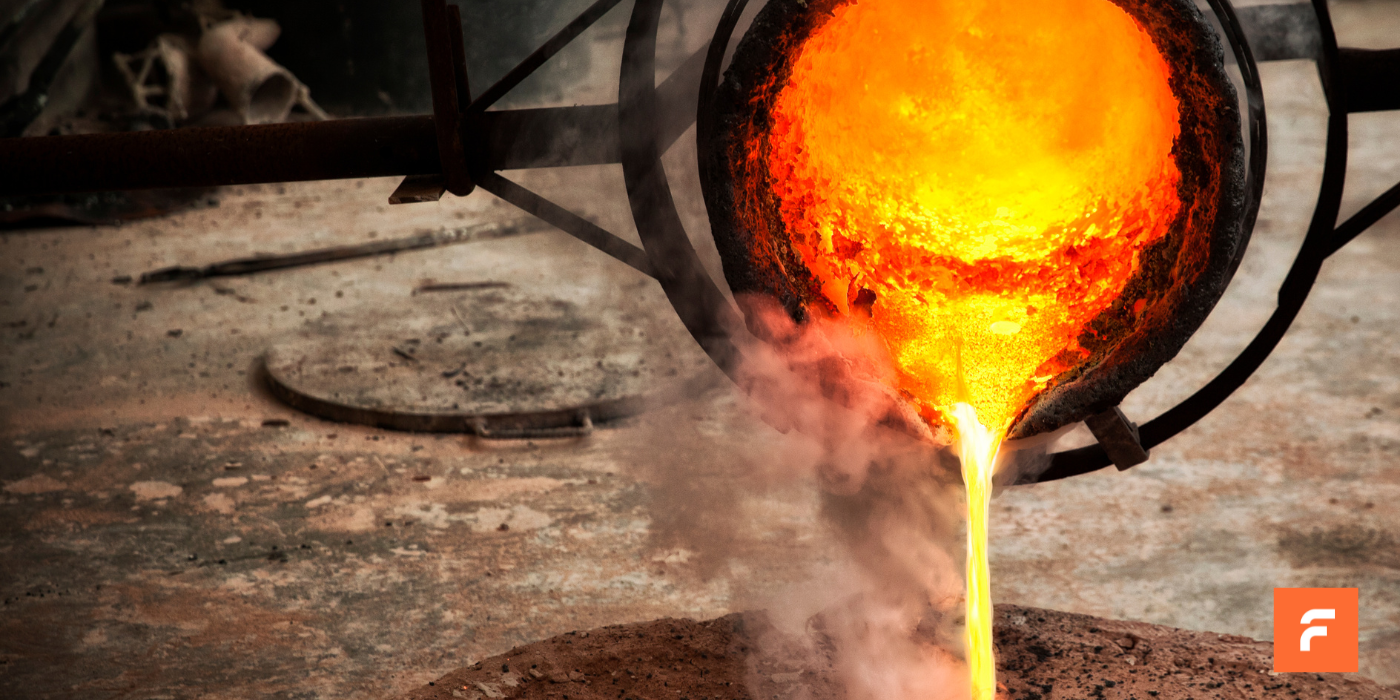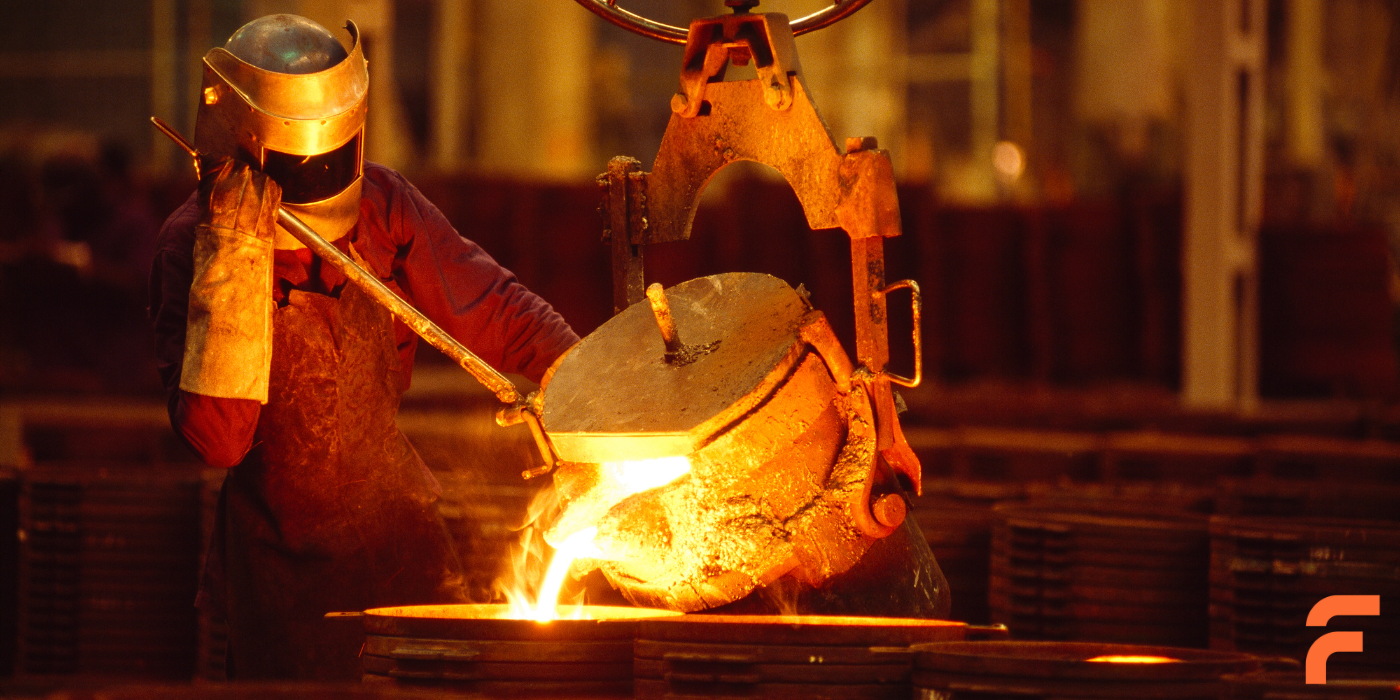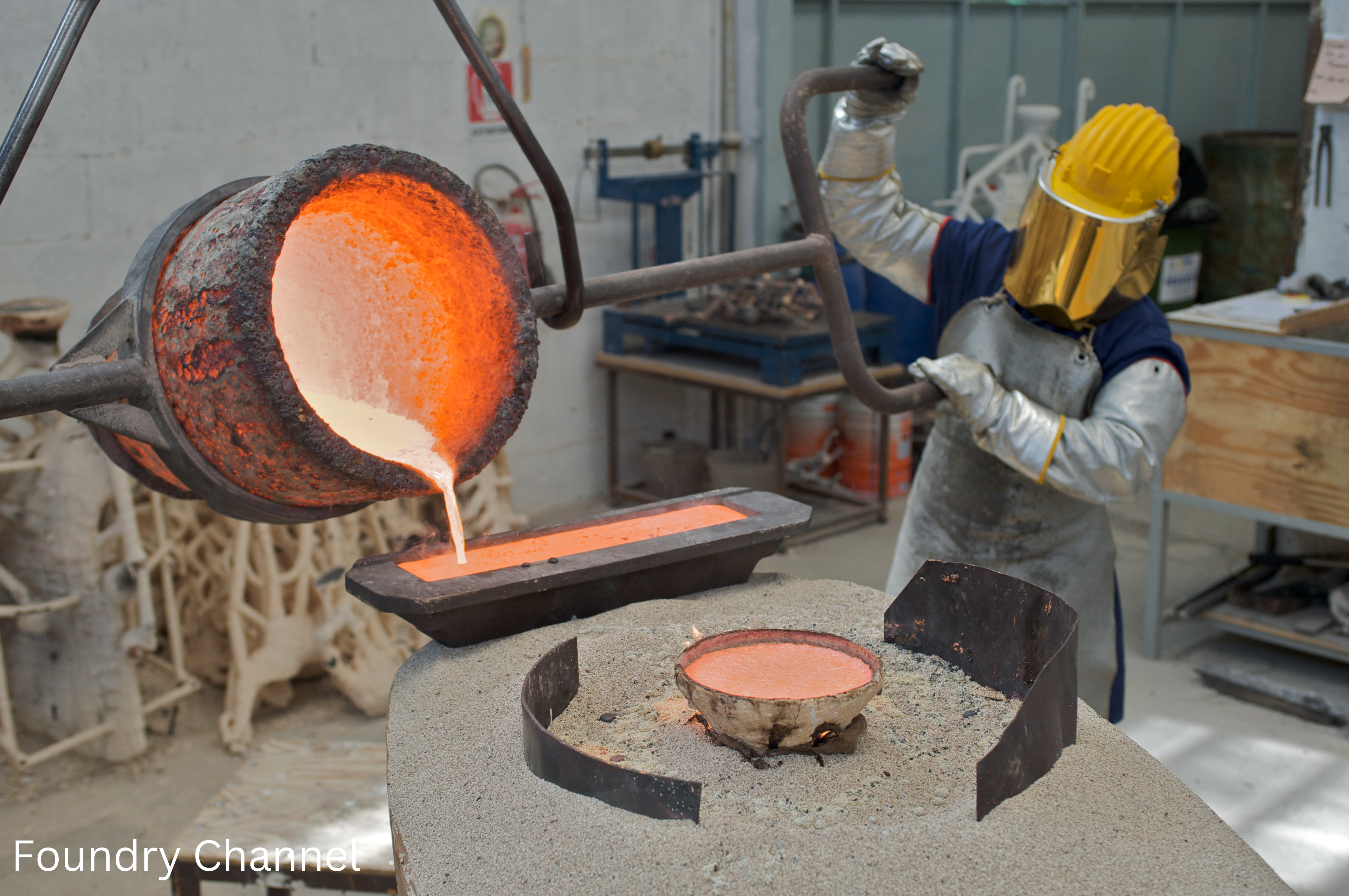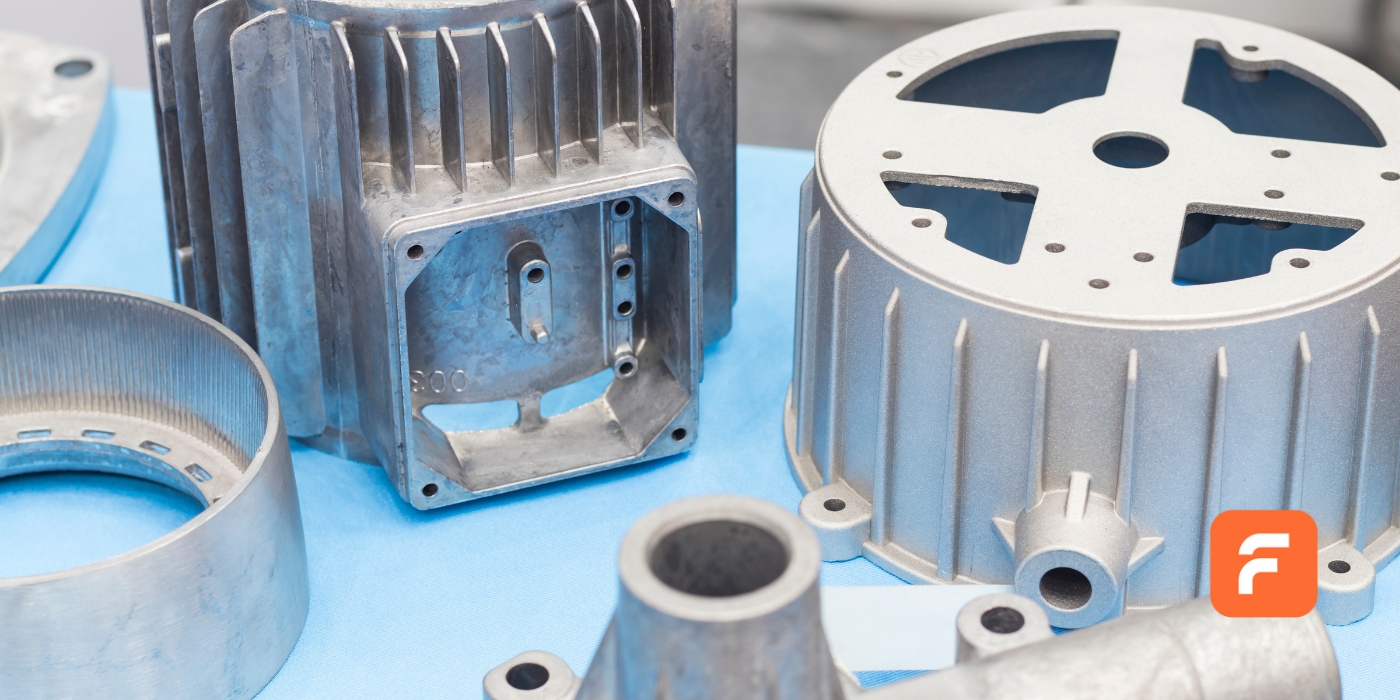When it comes to selecting the right casting process for your manufacturing needs, investment casting and sand casting are two popular methods, each with its own advantages depending on the application. These processes are used to create high-precision components for industries like aerospace, automotive, medical, and industrial equipment. But which method should you choose for your next project, and more importantly, which supplier is the best fit?
In this blog, we’ll explore the differences between investment casting and sand casting, and guide you in choosing the right supplier for your specific needs.
What is investment casting?
Investment casting, also known as lost-wax casting, is a process that involves creating a wax model of the part, which is then coated with a ceramic shell. After the shell hardens, the wax is melted away, leaving a hollow mold for metal to be poured into. This method is highly precise and is often used for parts that require tight tolerances and detailed features.
Advantages of investment casting:
- High precision and detail: Investment casting can produce complex shapes with fine features and excellent surface finishes.
- Material versatility: It works with a wide range of materials, including metals like steel, aluminum, titanium, and more.
- Thin walls and lightweight parts: Ideal for components with intricate geometries that require thin walls or reduced weight.
- Minimal post-processing: Due to its precision, parts often require less machining compared to other casting methods.
What is sand casting?
Sand casting is one of the oldest and most widely used casting techniques. It involves creating a mold from a mixture of sand, clay, and water, into which molten metal is poured. Once the metal solidifies, the mold is broken apart to reveal the cast part.
Advantages of sand casting:
- Cost-effective: Sand casting is relatively inexpensive compared to investment casting, especially for larger parts or when high-volume production is not required.
- Versatility in part size: It can be used for large and small parts alike, making it ideal for both heavy machinery and simple components.
- Simple process: Sand casting is often quicker to set up, especially for simple parts or low-volume production runs.
- Adaptability: Suitable for a wide range of metals, including ferrous and non-ferrous alloys.
Key differences between investment casting and sand casting
| Aspect | Investment casting | Sand casting |
| Precision | High precision with tight tolerances | Moderate precision, with more variation |
| Part complexity | Ideal for complex, intricate geometries | Better for simple to moderately complex parts |
| Surface finish | Excellent surface finish, minimal post-processing | Rougher surface finish, may require more machining |
| Cost | Higher cost due to more intricate process | Lower cost, especially for larger parts or lower volumes |
| Materials | Works with a variety of metals, including exotic alloys | Typically works with more common alloys, including cast iron, steel, and aluminum |
| Lead time | Longer due to the multi-step process | Faster setup and lead times, especially for prototypes |
| Volume | Best for medium to high volume production | Ideal for low to medium volume, large or heavy parts |
Which supplier is right for you
The decision between investment casting and sand casting depends largely on your specific requirements, including part complexity, material choice, volume, and budget. Below, we break down which supplier may be the right fit for each method:
Choosing an investment casting supplier:
Investment casting is ideal for industries that require high-precision, detailed, and complex parts. Aerospace, medical devices, and automotive industries often require parts with intricate designs and tight tolerances, making investment casting the preferred method.
Look for these qualities in an investment casting supplier:
- Advanced technology and expertise: Ensure that the supplier has the latest casting technology and expertise in working with precision alloys like titanium, stainless steel, or high-performance superalloys.
- Quality certifications: Choose suppliers with ISO 9001 or other industry-specific certifications that guarantee consistent, high-quality parts.
- Experience with complex components: Look for a supplier with a track record in producing complex parts for industries like aerospace, medical, or automotive.
Choosing a sand casting supplier:
Sand casting is better suited for projects that require lower-cost production, especially for larger parts or when you’re working with standard alloys. This method is also ideal for low-volume or prototype runs, or when parts need to be larger and heavier.
Look for these qualities in a sand casting supplier:
- Flexibility and cost efficiency: Suppliers that can provide a balance of affordability and quality, especially for non-complex, large-volume projects.
- Large-scale capabilities: Ideal for industries requiring components such as engine blocks or industrial machinery parts.
- Ability to handle large parts: Choose a supplier experienced in handling the mold setup and pouring of larger, heavier parts that may not be suited for investment casting.
Which method is best for your project?
Investment casting is best for:
- High-precision, detailed components with complex geometries
- Industries such as aerospace, medical devices, and automotive requiring advanced materials
- Low to medium-volume production with tight tolerances
Sand casting is best for:
- Larger, simpler parts or when cost is a major consideration
- Low to medium-volume production
- Applications that require high material flexibility and are less concerned with surface finish and precision
Conclusion
Both investment casting and sand casting have distinct advantages, and choosing the right supplier depends on the specific needs of your project. Investment casting is best for complex, high-precision parts with superior surface finishes, making it ideal for aerospace, medical, and automotive applications. On the other hand, sand casting offers a more cost-effective solution for larger or less intricate parts, making it a suitable option for industrial components and heavy machinery.
When selecting a supplier, consider factors like production volume, material requirements, part complexity, and budget to ensure you choose the casting process and partner that best aligns with your needs.






